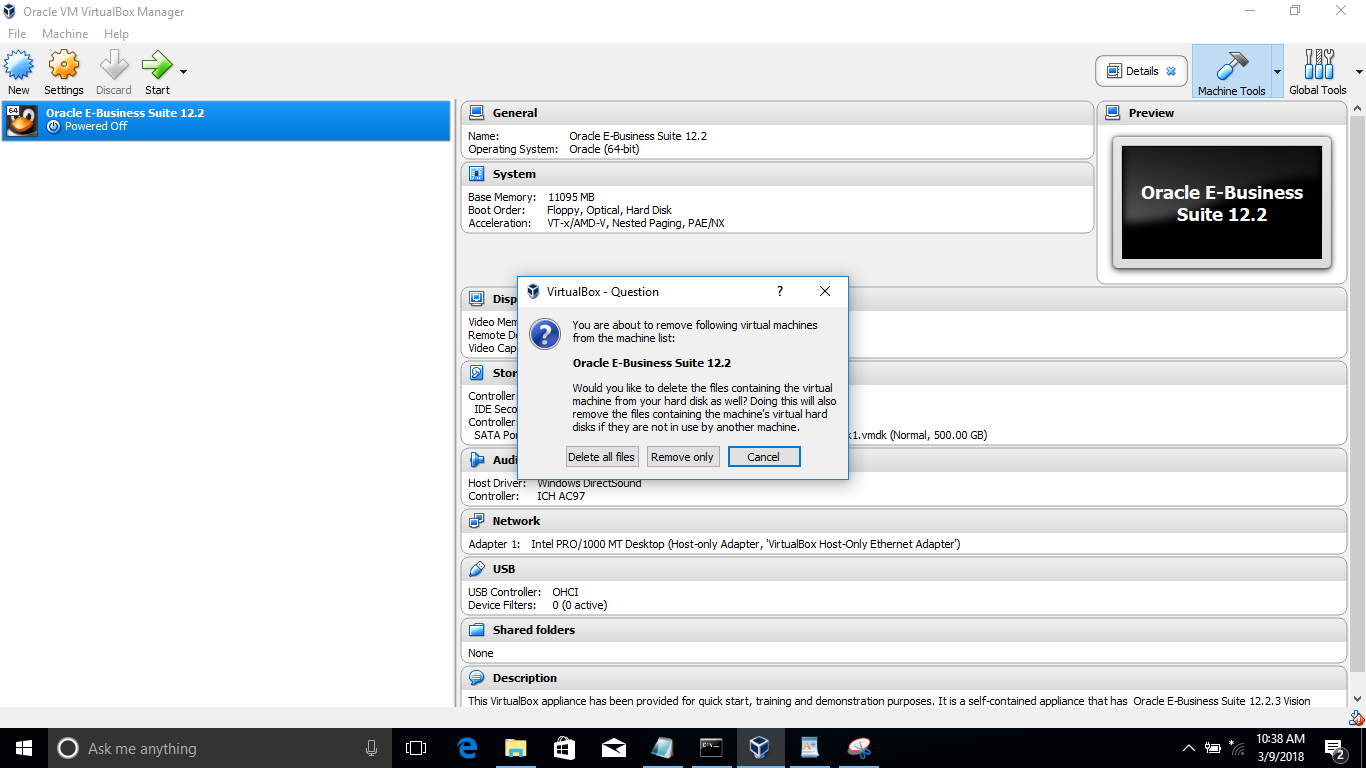

So what is the purpose of the policy then? Well, it’s designed to prevent unintentional execution of PowerShell scripts. Each user can simply bypass the policy in their current PowerShell session or even copy and paste the content of the script directly into the console. The execution policy isn’t designed as a security system to restrict users from executing PowerShell scripts. But before we look into how to change the policy, let’s first explain its purpose and the different policies that are available.

When you work a lot with PowerShell scripts then you probably want to change the Execution Policy permanently. Changing the Execution Policy Permanently A more sustainable solution is to change the execution policy. This works great for a single file, but it requires you to use the command above every time that you want to run the file.

The method above bypasses the execution policy only temporarily. Powershell -ExecutionPolicy Bypass -File script.ps1 Enter the command below to run your script.For a more sustainable solution, scroll a bit down to the next chapter. The method below only solves the issue temporarily, so you can run your script and continue. tom12454 Posts: 4 Joined: 21.We are going to start with a quick fix. Then, the EFI boot loader will boot it automatically after 5s. Once you know what to boot (in my case: efi\ubuntu\grub圆4.efi), put this line into a new file startup.nsh in the root directory of the EFI file system. This will happen if the EFI partition is on a disk attached to an IDE, SCSI or SAS controller (see above).īoot from the EFI boot shell (for Ubuntu system, others may be different): If the EFI boot partition does not appear as fsX:, the boot manager will not be able to boot. fsX: are file systems accessible by the boot loader. When the UEFI boot screen appears, it should show blkX: and fsX: devices. * Boot HDD must be attached to SATA controller! IDE, SCSI or SAS will not work (bug report: Ticket #14142)

* System -> Motherboard -> Extended Features: Enable EFI This is how I got Kubuntu 15.04, 64 bit running an a VM with EFI enabled:


 0 kommentar(er)
0 kommentar(er)
